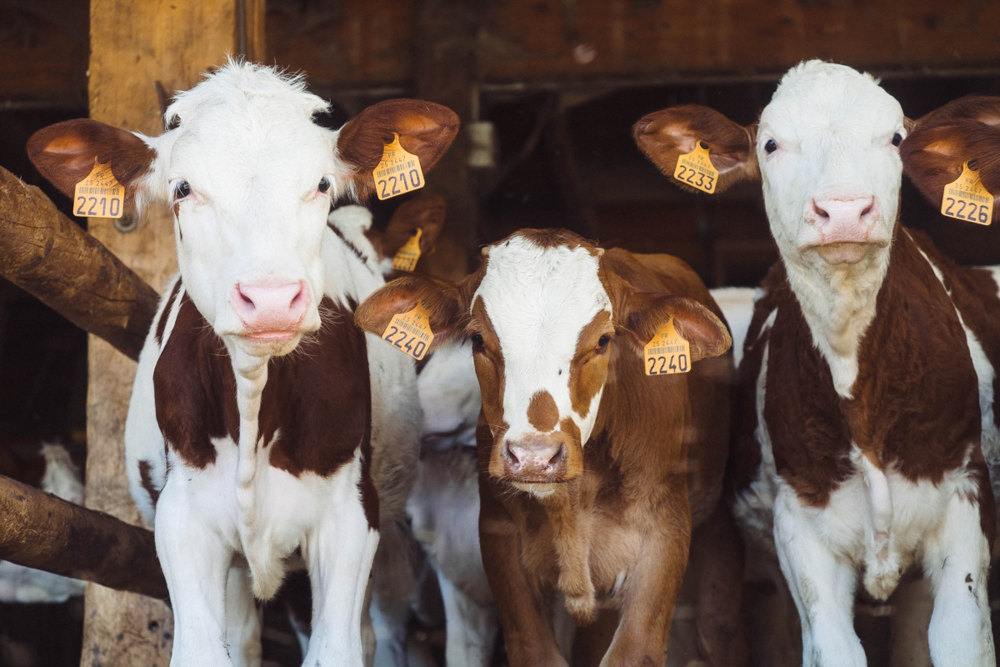No sector is immune from challenges posed by the Covid-19 lockdown. But there are unique pressures on the Scottish farming community that could have far-reaching implications. The Office for Budget Responsibility’s (OBR) forecast does not anticipate any drop in output from the agriculture sector. In truth, however, this does not tell the whole story.
It is perhaps reasonable for the OBR to assume that Scottish farmers can maintain output in spite of lockdown restrictions. After all, demand for food is broadly unchanged as people still need to eat. But, as the Agriculture and Horticulture Development Board (AHDB) is reporting, more people staying at home indefinitely is seeing “behaviours and demand similarly adjust”.
The impact of exercise on the health of farmers
The changing nature of demand for food is a challenge. But it is not necessarily one that is a particular risk to output levels. It is – first and foremost – the health of Scottish farmers and farm workers that is a major risk factor to keeping output up. Farm and general insurance is one way to protect the lost income for an ill farmer. But it can’t replenish the supply chain.

It is one reason why Scottish farmers are concerned by walkers and cyclists out for their one hour of exercise. Farming is not a sector where there are tailor-made replacements ready to step in if a farmer becomes ill. It isn’t just the act of people touching gates or stiles either. A rise in the number of litter and abandoned dog-waste bags is also a problem.
Fruit packers and other workforce challenges
For farmers, the support they receive from the workers they employ is also a challenge. From employees taking time off due to illness through to staying at home to care for children not at school – without that resource, Scottish farms will feel heightened pressure to maintain output and keep food on the shelves and in shopping baskets.
Yes, there has been an increase in the number of students, unemployed or furloughed workers applying for picking roles. But there is still a shortfall to cover with overseas workers unable to travel. Meanwhile, questions are being asked about the sustainability of using domestic pickers who – at some point – will be returning to jobs or education courses.
Dealing with food supply and surplus concerns
Once the food is produced and picked, then what? AHDB has reflected on a remarkable March for grocery sales. To start with amid a wave of panic buying, there were indeed strains placed on the supply chain. This may have since been overcome – at least in part – and the situation is now stable. But the closure of hospitality and leisure firms is generating worrying surpluses.
Milk is one product in particular, with a reported 20% surge in retail demand failing to offset a 70% drop in demand from the foodservice sector. As a result, thousands of litres now face the unedifying prospect of being dumped. Scottish crofters, meanwhile, face similar problems with eggs that had been earmarked for food and drink industry businesses.
With the situation unlikely to be resolved any time in the near future, the Covid-19 restrictions will keep reshaping the Scottish farming landscape. It is a time of unprecedented challenges in all sectors. For farming, however, there are likely to be consequences that extend much further into the long-term once the lockdown is eventually lifted.